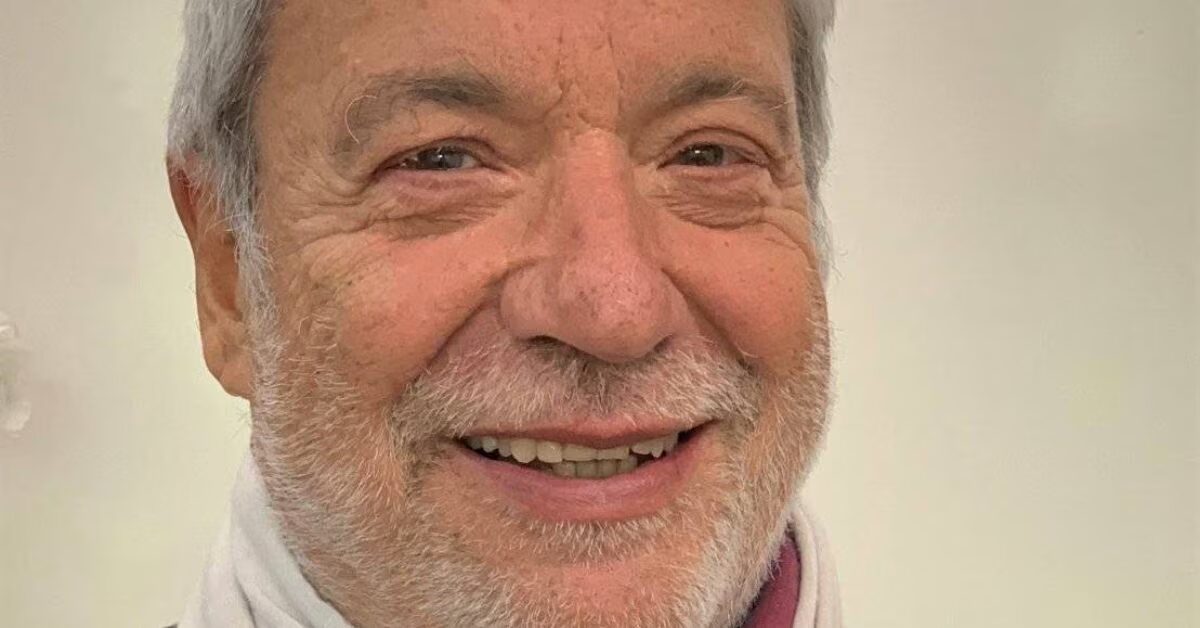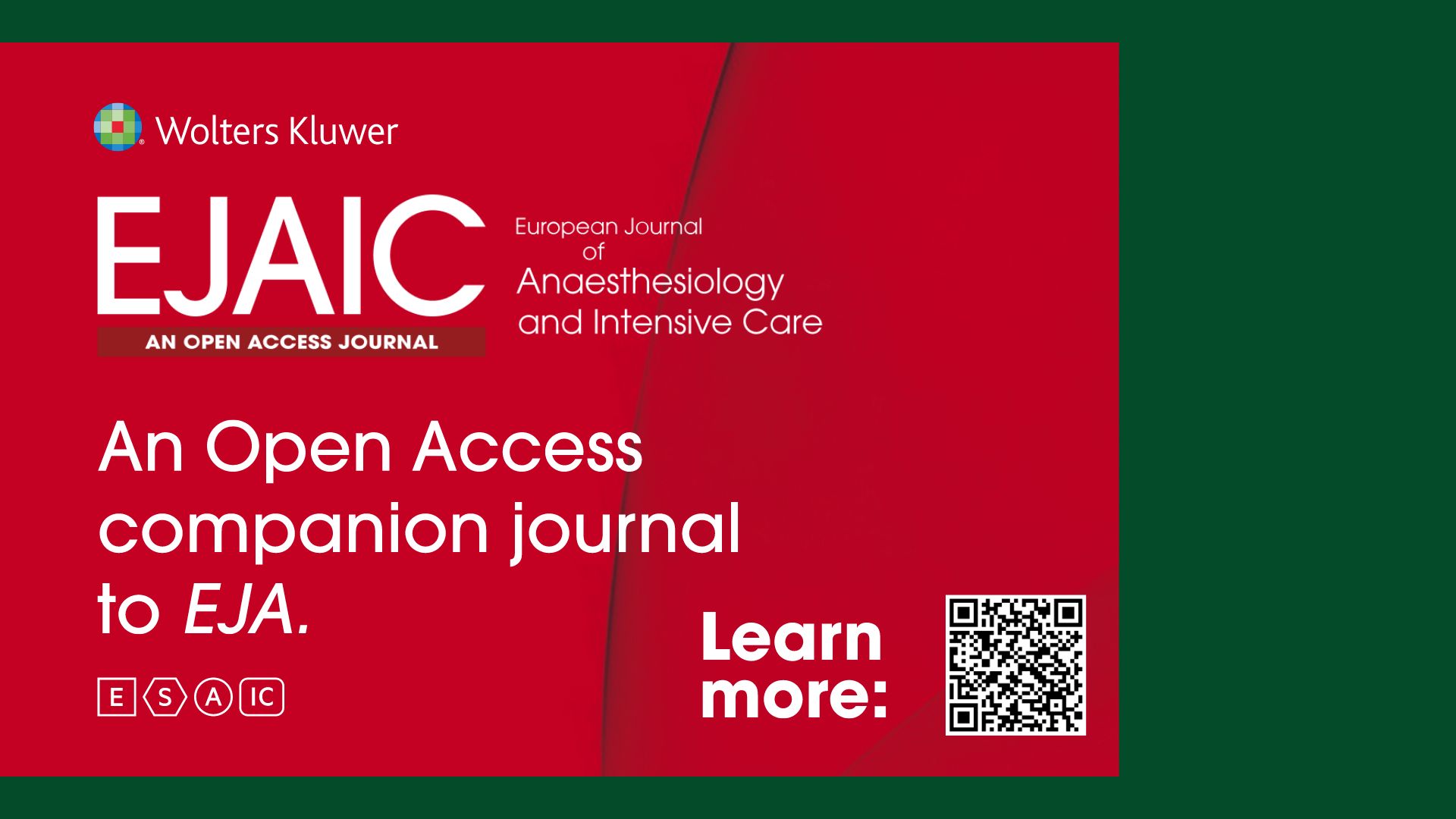ESAIC News
Interview with Iulia Crisan, New Chair of the ESAIC Trainees Committee
Congratulations on your appointment as the new Chair of the ESAIC Trainees Committee, Iulia. As you step into this role, we would like to know more about your journey thus far. Could you share your background in anaesthesiology and your involvement with ESAIC?
Thank you! As for me, my journey has taken me from the halls of medical school in Cluj Napoca, Romania, to the vibrant streets of Freiburg, Germany, where I immersed myself in a year-long Erasmus adventure. Post-graduation, my path led back to Romania. Still, the unforeseen twists of the COVID era rerouted me to the agitated medical scene near Paris, where I trained in Intensive Care for six months.
Fast forward to 2021, I started my adventures in Switzerland, into the heart of healthcare excellence. I will always be grateful to Prof. Dr Heidegger and his team for allowing me to join them in Grabs Spital, where I put the basis of my skills in anesthesiology and deepened those in intensive care. Since the beginning of 2023, I changed to the dynamic environment of the University Hospital Zürich, where every moment in Emergency Medicine is a lesson in adrenaline-fueled innovation.
In 2022, I proudly joined the ranks of the Trainees Committee of ESAIC, a community pulsating with passion for progress. Taking the role of the Education Task Force Coordinator was a choice born of my conviction that education is the catalyst for our collective evolution. Working alongside like-minded individuals in this dedicated team is amazing.
As Chair of the Trainees Committee at ESAIC, what are your immediate goals, and what challenges do you foresee in promoting the interests and visibility of trainees within the Society? How do you plan to ensure effective communication and representation for trainees across European countries?
I am very fortunate to have worked within this team and with the earlier generations of the Trainees Committee, who put the basis of great projects and have created a connection with the trainees in Europe and beyond.
I hope to keep the team strong and motivated to ensure a smooth continuation of the already started projects and plan for new projects. We are currently working on networking events at our booth during Euroanaesthesia 2024 in Münich, where we hope to meet and share ideas with our fellows. We also plan to reform the representation of trainees at the national level to ensure better communication and collaboration. Nevertheless, we count on social media to increase our visibility and to keep trainees informed about ESAIC activities, opportunities, and resources.
The main challenge is the broad spectrum of trainees` needs. I have worked in three different medical systems, each with its own advantages and disadvantages.
How do you foresee aligning the Trainees Committee’s responsibilities with the overarching ESAIC strategy, especially regarding initiatives aimed at enhancing professional development and fostering networking opportunities for anaesthesiology trainees?
ESAIC has always treasured the involvement of the trainees. We now have representatives in many committees, allowing us to be informed about the strategy. Moreover, we are actively collaborating with other ESAIC committees and working groups to leverage resources and expertise in areas relevant to trainee professional development and networking. Also, our Social Media team is promoting existing ESAIC resources and opportunities that support trainees, such as E-learning, grants and network events.
In what areas could ESAIC enhance its support for trainees?
As a leading organisation, ESAIC advocates for policies and initiatives that support trainees’ professional development and well-being, both within the organisation and at the national and international levels. Also, it is essential that we aspire to uniformise training in anaesthesia and intensive care so that our job offers the advantages present in other domains, such as mobility and easy recognition.
Education is another core mission of ESAIC. Nowadays, trainees are looking for quality material that is easily accessible, and our Society will expand access to educational resources, such as online courses, webinars, and educational materials tailored specifically to their needs. Furthermore, there is a need for more preparation material for the EDAIC, and we are actively working with the Education Committee to increase the material.
Finally, ESAIC is looking to develop programmes and events further to allow networking and exchange of ideas.
Lastly, could you provide a message directed to our community? As the newly appointed Chair for the Trainees Committee, what sentiments would you like to convey to them regarding the importance of their involvement and engagement in shaping the future of anaesthesiology training within ESAIC?
Dear colleagues, I am very honoured and excited to serve as the newly appointed Chair of the Trainees Committee.
Our speciality is a dynamic and rapidly evolving field, and trainees’ contributions are crucial to driving innovation, advancing patient care, and shaping its future direction. Our involvement and engagement are not only valuable but essential in ensuring that ESAIC remains at the forefront of anaesthesiology, intensive care, pain, and perioperative medicine education, research, and practice.
Let us work together to shape the future of anaesthesiology and intensive care training within ESAIC and beyond. Together, we can make a difference and leave a lasting legacy for generations to come.
Author
- Iulia Crisan (MD) – Chair of ESAIC Trainees Committee, Anesthesiology and Intensive Care Trainee, Institut für Notfallmedizin, Universitätsspital Zürich, Switzerland










